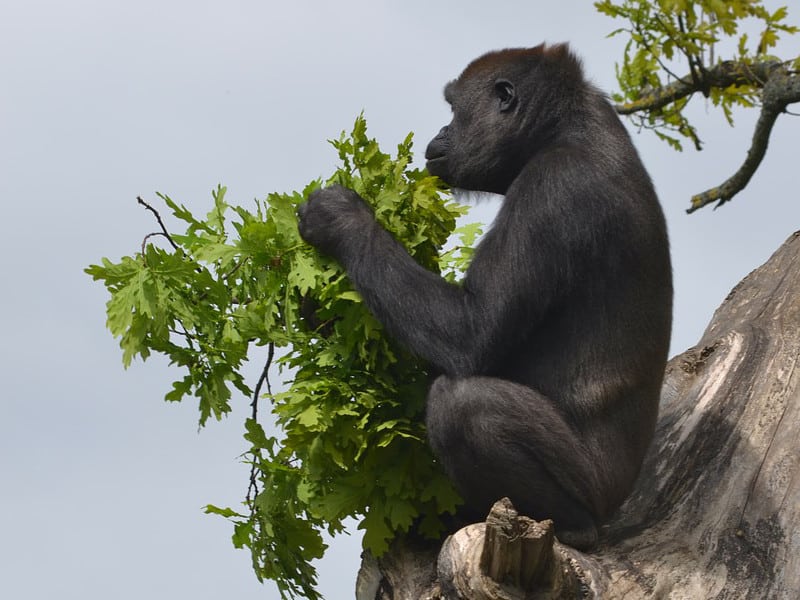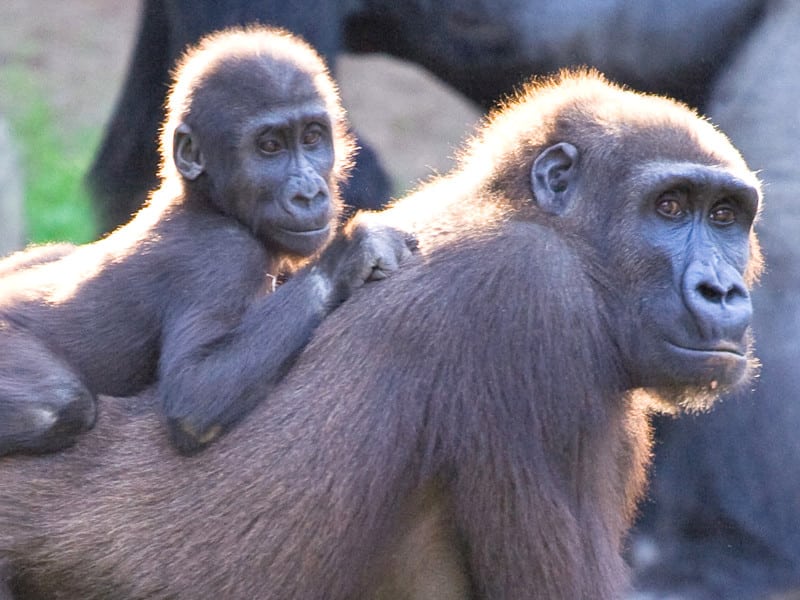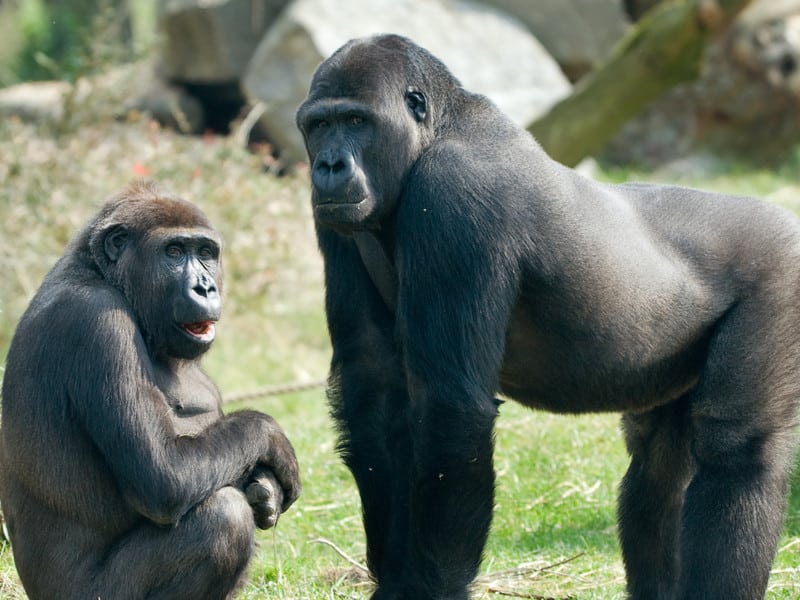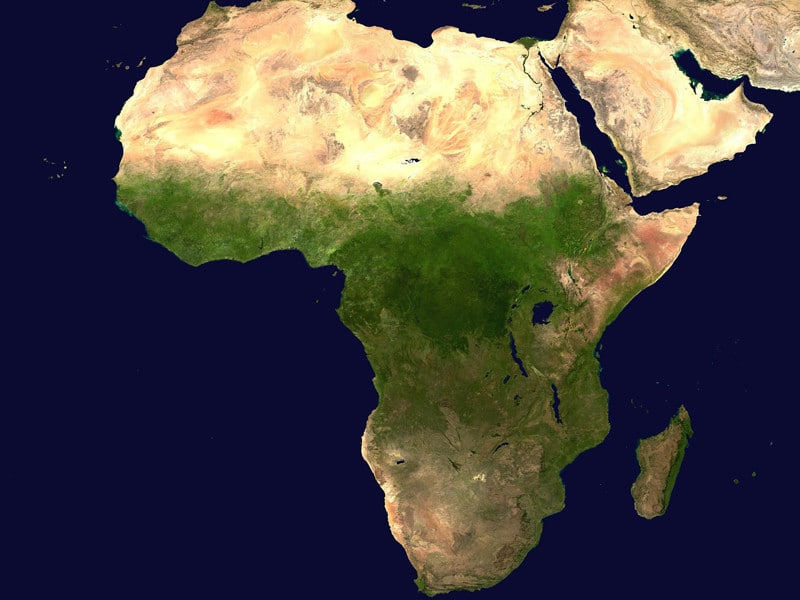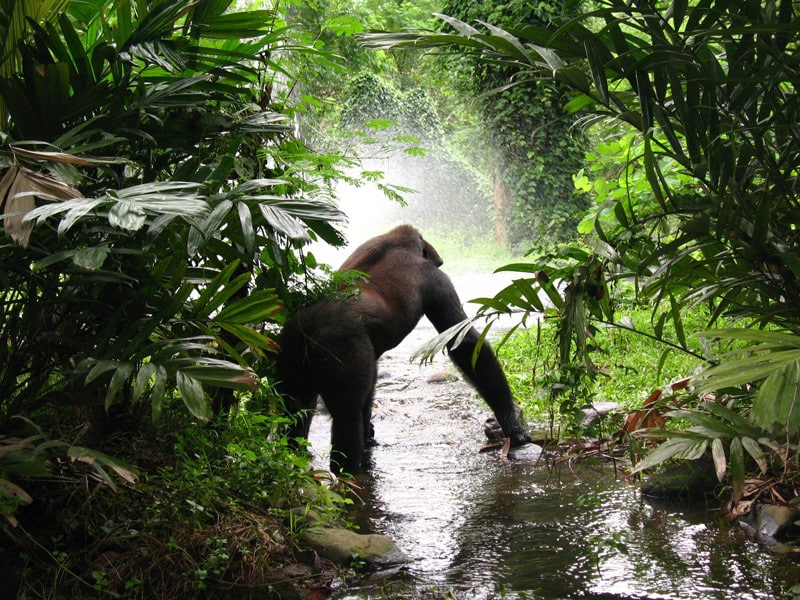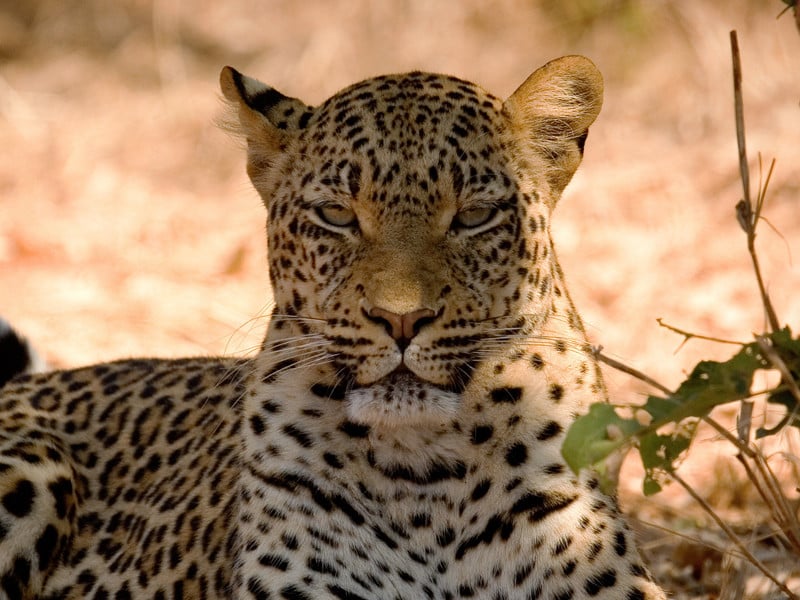When we want to know about a living being, first we try to understand some of its basic characteristics such as its anatomy, feeding, where it lives or its habitat and how it reproduces among other information.
The structure of animals and their internal parts, their anatomy, is an evolutionary puzzle that gives them the conditions to survive in the place where they live.
Food intake provides living organisms with the energy needed to grow and develop. Animals must eat to survive. Are they carnivores, herbivores or omnivores? What kind of food do they eat?
The habitat is the environment in which a particular animal develops in a way that allows him to get the food, shelter and protection needed to survive; most of the time is not an exclusive area for the animal but shares it with other species.
Either to interact with other animals of the same species or to defend itself, animals have developed different forms of communication that allow them to transmit information for a variety of purposes.
Animals need offspring to persist in the planet. For this, they need to reproduce, usually exchanging reproductive cells with another individual of the same species.
-
What do gorillas eat? Gorilla Feeding & Diet
What do gorillas eat? Gorillas are herbivores and gorilla food consists of mainly plants. A gorilla diet contains vegetative materials like leaves & stems.
-
Gorilla Anatomy
The gorilla is the largest of all primates, and there is no mistaking them for any of the others such as chimpanzees and monkeys.
-
Gorilla Reproduction
Gorilla males are ready to mate when they are approximately 13 years of age. For females it is about 10 years of age. Gorilla mating happens all year round.
-
Gorilla Communication
Gorillas have many ways in which they communicate, both verbally and non verbally.
-
Gorilla Distribution
The distribution of gorillas is mainly in Africa but you will find that they have a very diverse area where they live.
-
Gorilla Evolution
The earliest records of primates are more than 70 million years old and the gorillas were separated from the other hominids about 7 million years ago.
-
Gorilla Habitat
You will find the gorillas living in both tropic and sub tropic areas. They have an extreme range which really does surprise most people.
-
Gorilla Predators
It may surprise you to learn that gorillas don’t really have any predators to worry about on a regular basis.

